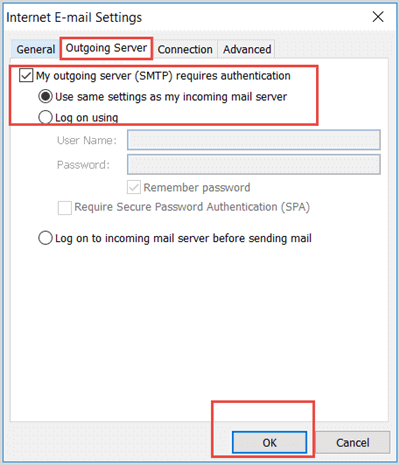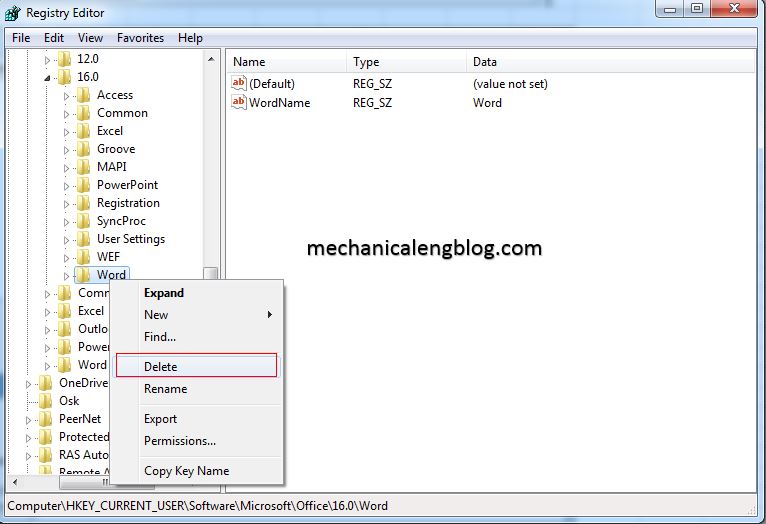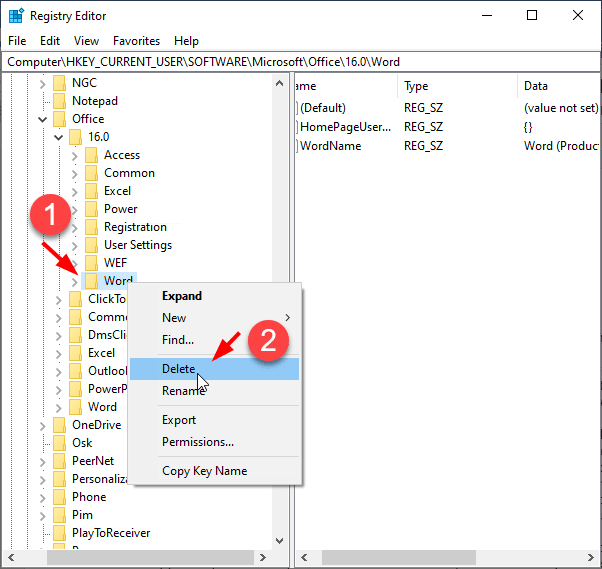

- #RESET MICROSOFT OFFICE 2010 SETTINGS HOW TO#
- #RESET MICROSOFT OFFICE 2010 SETTINGS INSTALL#
- #RESET MICROSOFT OFFICE 2010 SETTINGS DOWNLOAD#
#RESET MICROSOFT OFFICE 2010 SETTINGS HOW TO#
So we have considered how to manage Word, Access, Excel, Outlook, etc.
Then assign this GPO to an OU containing user accounts ( Link an Existing GPO) and after updating the policies on the clients, new settings will be applied to Outlook 2016 and Word 2016 apps. Disable macros in Word 2016 –the policy VBA Macro Notification Settings with the value Disable All With Notification (… Microsoft Word 2016 –> Word Options –> Security –> Trust Center).  Deny attachments preview in Outlook – the policy Do not allow attachment previewing in Outlook (User Configuration –> Policies –> Administrative Templates –> Microsoft Outlook 2016 –> Preferences –> E-Mail Options). Enable cached Exchange mode for Outlook 2016 – it is the policy Use Cached Exchange Mode for new and existing Outlook profiles in the User Configuration –> Policies –> Administrative Templates –> Microsoft Outlook 2016 –> Account Settings–> Exchange–> Cached Exchange Mode. For example, let’s enable the following policy settings:. Open the Group Policy Management Editor (GPMC.msc) and create a new GPO object. If you don’t know, in which section of the GPO tree the specific setting of an Office app is configured, you can find it in the office2016grouppolicyandoctsettings.xlsx help file. Suppose, we have to change the settings of some programs of the Office suite on all domain computers. Managing Office 2016/2019 Program Settings via GPO All these templates are stored on the AD domain controllers (this is evidenced by the message Policy definitions (ADMX files) retrieved from the central store). The screenshot below shows that there are administrative templates for Office 2007, 2010, 20 in the GPO editor. In the same way you can copy the administrative templates for Office 2010 and Office 2013 (if they are used on PCs in your domain) to PolicyDefinitions central store on the domain controller.
Deny attachments preview in Outlook – the policy Do not allow attachment previewing in Outlook (User Configuration –> Policies –> Administrative Templates –> Microsoft Outlook 2016 –> Preferences –> E-Mail Options). Enable cached Exchange mode for Outlook 2016 – it is the policy Use Cached Exchange Mode for new and existing Outlook profiles in the User Configuration –> Policies –> Administrative Templates –> Microsoft Outlook 2016 –> Account Settings–> Exchange–> Cached Exchange Mode. For example, let’s enable the following policy settings:. Open the Group Policy Management Editor (GPMC.msc) and create a new GPO object. If you don’t know, in which section of the GPO tree the specific setting of an Office app is configured, you can find it in the office2016grouppolicyandoctsettings.xlsx help file. Suppose, we have to change the settings of some programs of the Office suite on all domain computers. Managing Office 2016/2019 Program Settings via GPO All these templates are stored on the AD domain controllers (this is evidenced by the message Policy definitions (ADMX files) retrieved from the central store). The screenshot below shows that there are administrative templates for Office 2007, 2010, 20 in the GPO editor. In the same way you can copy the administrative templates for Office 2010 and Office 2013 (if they are used on PCs in your domain) to PolicyDefinitions central store on the domain controller. #RESET MICROSOFT OFFICE 2010 SETTINGS INSTALL#
To install gpmc.msc on a workstation running Windows 10, you must install the ~~~~0.0.1.0 module from RSAT for Windows 10.
office16.admx – general MS Office settings. lync16.admx - Lync (Skype for Business) 2016. 
The package contains separate ADMX template files to manage the settings of the following MS Office 2016 products: For example, the de-de directory contains files with a description of policies in German. The catalogs with the locale names contain ADML files with the language settings for GPO administrative templates for different languages. Please note the file structure in the admx directory.
An office2016grouppolicyandoctsettings.xlsx file – it is an Excel file with the description of all Group Policies and matches between GPO settings and registry keys for Office products. The admx directory – contains a set of ADMX and ADML files for the Group Policy Editor. The admin directory – it contains a set of OPAX/OPAL files to configure an Office 2016 distribution prior to its deployment using Office Customization Tool. These admx templates may be used to configure Office 365 ProPlus, Office 2019 (see “ Office 2016 vs Office 365: What’s the difference?”) and Office 2016 on Windows 10/8.1/7 and Windows Server 2012R2/2016/2019.Įxtract the downloaded file. In this article we’ll show you how to install and use Group Policy administrative templates to manage Office 2016 app settings. GPO administrative templates for Office 2016, Office 2019 & Office 365. Group policy administrative templates for Office 2010. Here is the list of administrative template downloads for different Office versions: #RESET MICROSOFT OFFICE 2010 SETTINGS DOWNLOAD#
Administrators must download and deploy the administrative template pack for Office manually.Įach MS Office version uses its own version of the administrative GPO templates. For more information, see the links at the bottom of this topic.By default, ADMX templates for MS Office are not installed when deploying an Active Directory domain or installing any of MS Office programs. Rather than resetting everything, you might want to reset specific settings or delete your webpage history. After a reset, all previous settings are lost and cannot be recovered. Resetting Internet Explorer's settings is not reversible. See the table below for a complete list of all settings and information about whether they are reset or maintained. Resetting Internet Explorer to its default settings does not delete your favorites, feeds, Web Slices, and a few other personalized settings. When you delete personal settings, some webpages that rely on previously stored Windows 10 cookies, form data, passwords, or previously installed browser add-ons might not work correctly. This is useful for troubleshooting problems that might be caused by settings that were changed after installation.

By resetting Internet Explorer settings on Windows 10, you return Internet Explorer to the state it was in when it was first installed on your computer.








 0 kommentar(er)
0 kommentar(er)
